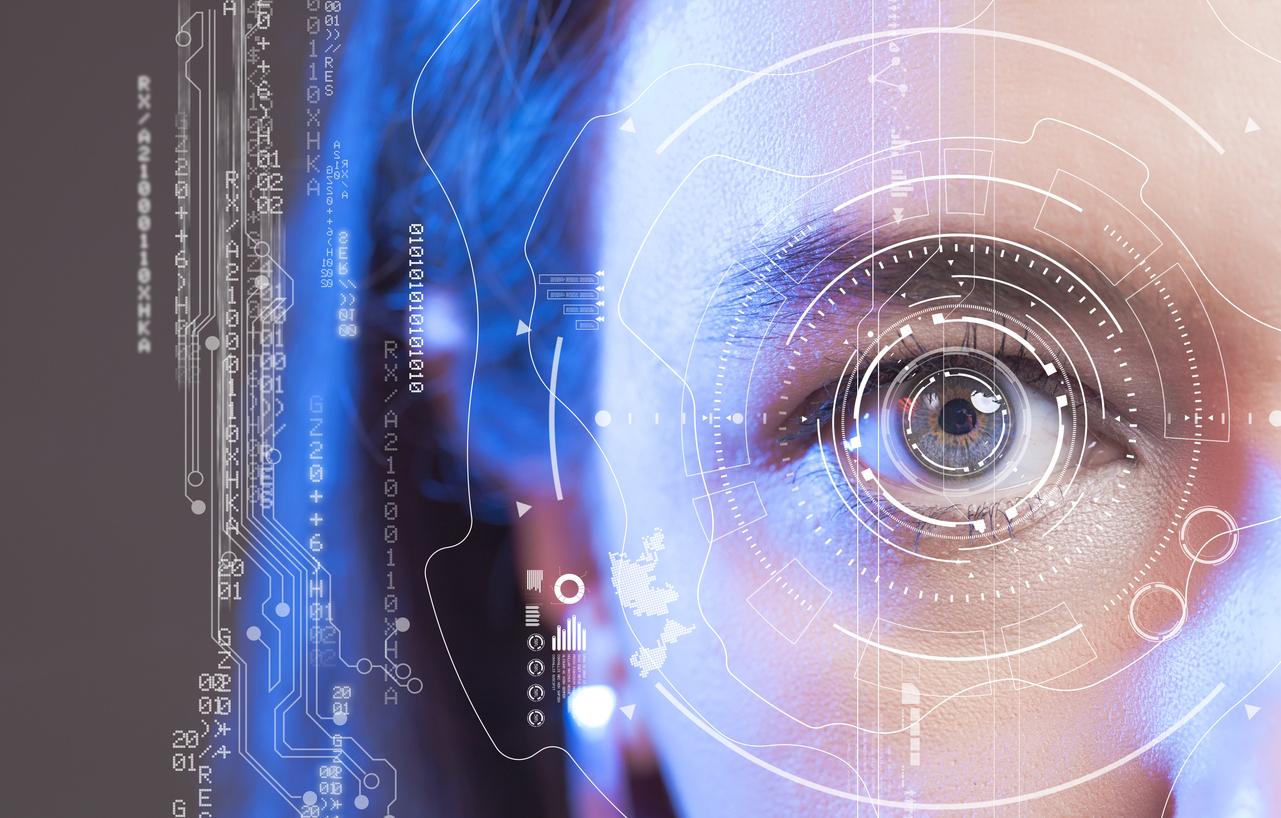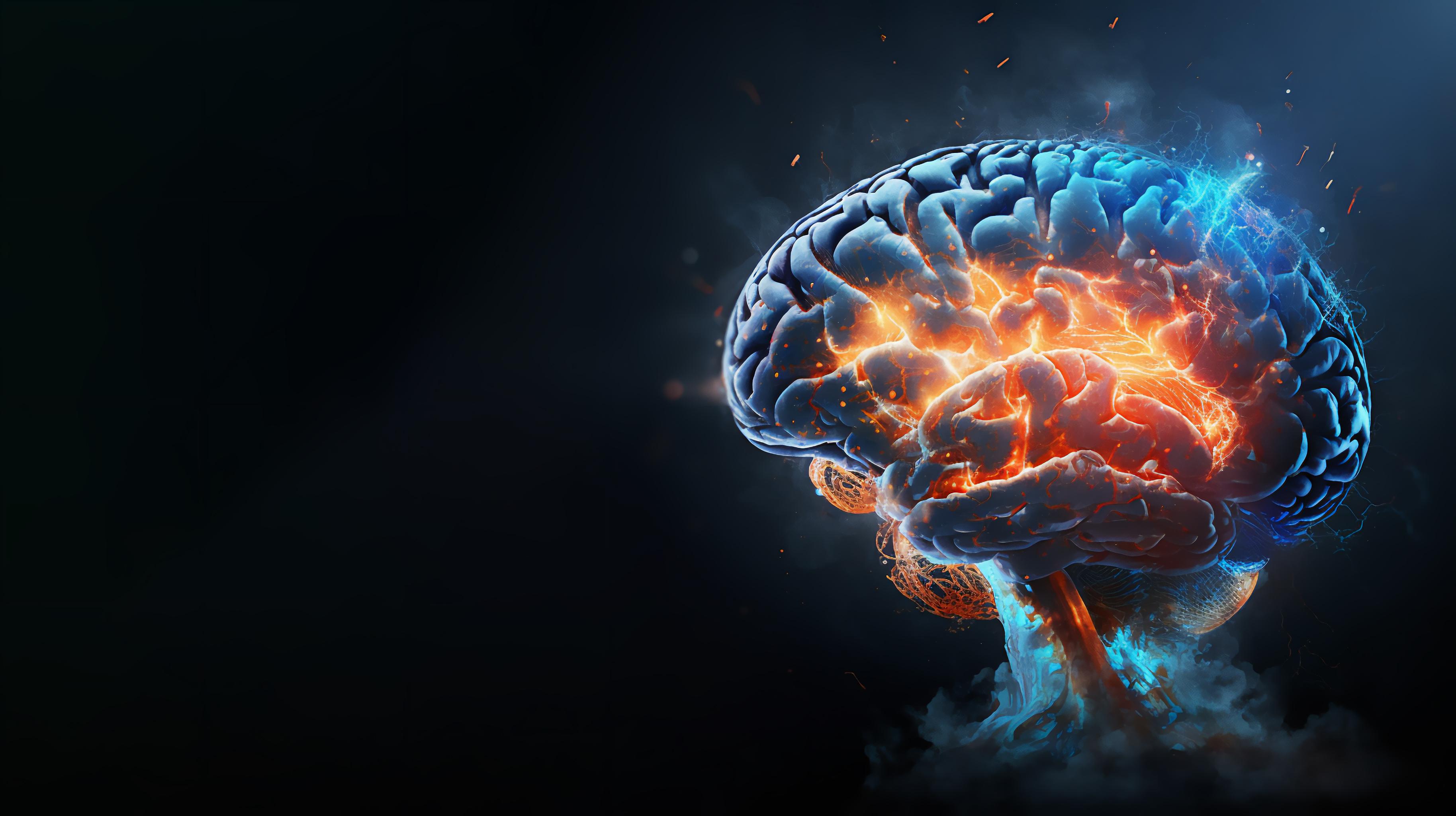A recent survey by the Ifop* institute indicates that more than 8 out of 10 doctors consider that artificial intelligence can help fight against diagnostic error in rare diseases. But how do these algorithms work, and how can we use them wisely? Details from Professor Hubert de Boysson, specialist in internal medicine at Caen University Hospital.

– Why Doctor: What does AI help with in the treatment of rare diseases?
Professor Hubert de Boysson: The help of AI is a valuable contribution to diagnosis: faced with the 7,000 rare diseases currently identified, doctors are unable to know them all and identify them when faced with an average patient who presents a certain number of symptoms.
– How does AI facilitate the diagnosis of these diseases?
By having access to databases that are much more complete than what the human brain is capable of memorizing, AI is able to identify signs corresponding to one of these rare diseases.
In fact, we can ask the AI to mimic medical reasoning: from a symptom described by the patient, the doctor, thanks to his knowledge, makes a hypothetico-deductive approach allowing us to move towards a diagnosis by suggesting a look for other symptoms that will help lead to the correct diagnosis. It’s like with a patient who has a fever, the doctor will look for other symptoms associated with this fever such as aches and cough, this allows us to move towards a diagnosis of infectious respiratory disease.
“In biopsy analysis, AI performs as well or better than humans”
Furthermore, AI makes it possible to learn lessons from reproductivity: you ask a doctor to analyze a clinical sign or an examination result, the user’s experience will come into account and if we cross-reference the interpretations made by several doctors we realize that these are not necessarily reproducible whereas with AI, once it has been taught to recognize a sign, it is almost infallible in its analysis. We thus see that in biopsy analysis, AI performs as well or better than humans.
– And what contribution does AI make to patient care and choice of treatment?
We only implement a good treatment when we have a good diagnosis! Patients with diagnostic errors already receive treatments that are generally ineffective because they do not correctly target the disease. AI will therefore provide assistance by making the correct diagnosis and allowing the treatment to be corrected.
– Today there are different AI tools to identify a rare disease. Is it necessary to put them in “competition” to refine the diagnosis?
This is something that will have to be done. We are in the early stages of digital solutions and it will be essential that they are compared or at least complementary. The tool I work with can only recognize 270 diseases, but on these I am sure of the quality of its result. If we complement it with other search engines which integrate the identification of other diseases, we arrive at a completeness which is obviously more important.
– What control do doctors have over this artificial intelligence software?
When working with artificial intelligence tools, human guarantee is essential from start to finish! First, doctors must determine for which rare diseases we are developing these new tools. And the answer is very simple: we must give priority to diseases for which we have enough knowledge to allow early diagnosis and for which there are treatments.
“The priority must be to fight against diagnostic wandering”
Among rare diseases, there is a significant proportion of genetic diseases for which there is no treatment. It’s unfortunate to say, but the issue of diagnosis is less important if there is no possible treatment. On the other hand, for rare diseases that we know how to treat, the priority must be to fight against diagnostic error which can have dramatic consequences for patients.
The second thing is that AI is nothing more than a super search engine and if the search base is unreliable, the AI’s answers will not be satisfactory. So the guarantee that is necessary is that an expert doctor has been able to validate the database on which the AI will work.
The third point is taking into account medical progress which is in perpetual motion: this implies that AI tools are regularly updated and this is again an essential human intervention.
“Patients in diagnostic wandering are very demanding of the use of AI”
– Can this software be faulty, can it make diagnostic errors?
Diagnostic error is always possible. But in tests carried out on the tool with which I work, the rate of correct diagnoses reached 87% whereas using the same criteria, it was only 50% for doctors working without the help of the tool. ‘AI. We are therefore above what classical medical reasoning allows us to do.
– Do patients trust the diagnosis made with the help of an AI?
Patients who are in diagnostic wandering, and there are many of them in my specialty of internal medicine, are very demanding of the use of AI which allows at worst to provide new elements of orientation to get closer to a true diagnosis. This expectation of patients is illustrated by the fact that many of them are already looking for information on the internet based on their symptoms. In a way, their approach is comparable to the research method of an AI!
– It’s difficult not to ask the annoying question: Will AI combined with teleconsultation ultimately be able to replace the doctor?
This question is very topical. We asked ourselves this with the Covid which led to the cancellation of many hospital consultations. By replacing them with teleconsultations, we realized that we were losing a lot of efficiency on two points. The first point is the impossibility of carrying out clinical examinations via teleconsultation. The second point on which we have lost a lot is quite simply the doctor/patient relationship. So for rare diseases, nothing will replace face-to-face consultation, whether or not AI is used.
* Ifop study for Sanofi carried out by telephone from January 22 to February 7, 2024 with a sample of 600 doctors, representative of the population of active general practitioners and pediatricians, and a representative national sample of 1,000 French people aged 18 and more.
* Ifop study for Sanofi carried out by telephone from January 22 to February 7, 2024 with a sample of 600 doctors, representative of the population of active general practitioners and pediatricians, and a representative national sample of 1,000 French people aged 18 and more.

















